Our Strategic Plan
In developing our 2018 - 2021 Strategic Plan, the staff at Wellness first prepared by re-reading all of the core foundational documents and guiding standards of the field, and individually and then collectively derived the following guiding values and priority areas by highlighting the words and concepts that we believed most accurately addressed the needs evidenced on our campus at this point in time. That groundwork has then guided the remaining development of our goals, strategies, and actions that will lead to the focus of our work over the next several years. This remains an organic and evolving document and will be updated and prioritized regularly over time.
Guiding Values:
- Research and assessment, both qualitative & quantitative, guide our services and practice.
- Wellness is holistic and comprised of eight connected dimensions of well-being.
- Wellness is a journey, not a destination, formed by individuals’ life experiences and identities.
- Everyone should be able to reach their fullest potential, be well and thrive.
- Environment and culture influence health and well-being,
- Everyone in the Carolina community plays a role in creating a well campus environment.
- Partnership and collaboration are essential in creating a healthy campus.
- Access to health and wellness resources is integral to personal success and well-being.
- Health & wellness directly impact academic success.
Priority Areas:
- Socio-Ecologic Framework – all programs/services should map to population, select group, or indicated individuals with the largest effort at the population level.
- Metrics-Driven – continue to operate based on findings from needs assessments and outcome evaluations, mapping to priorities and comparing to priority areas along the way.
- Integration / Infusion – continued integration and interconnectedness of programs and services to include program development, provision, and coordination, both within the department and with partners around campus.
- Communication – increase effective and efficient communications and messaging to students, stakeholders, within the office, and with each other through various channels and across multiple learning styles.
- Sustainability – make sure programs and services are as high impact as possible while utilizing as efficient staff and financial resources as possible, engaging in strategic fundraising and grant procurement along the way.
Related Goals:
(Spanning 2018-2021)
- Maintain, create, and implement evidence-based programs and services that promote positive change in students’ health & wellness knowledge, skills, and behaviors.
- Prioritize prevention-focused initiatives across the social-ecological framework for greater population-level impact
- Address intersections and determinants of key health issues, as determined by data, including but not limited to relationships & sexual wellness, safety & violence, alcohol & other drug use, mental health and well-being, and sleep
- Implement peer-education programs that provide high impact opportunities for learning and promote student leadership
- Utilize high impact interactive educational strategies to engage students across learning styles, experiences, and identities
- Implement continuous evaluation measures to make sure the programs and services are effective and are meeting the needs of students
- Develop and implement an assessment and evaluation strategy to make sure data gathered are useful, comprehensive, and coordinated.
- Gather qualitative and quantitative information about campus as a whole, as well as specific populations to determine needs and identify information gaps
- Use relevant literature and benchmarking to determine effective engagement and learning strategies for various student groups, faculty, and staff
- Identify outcome measures for key health behaviors to measure long term and culture change
- Map and evaluate programs to current campus initiatives (e.g., Excellence In Action, Thrive, UNC Strategic Framework, etc.)
- Increase collaborativeopportunities with campus and community partners to expand the reach and foster a greater culture of wellness across the Carolina community.
- Increase understanding of public health prevention approaches among campus and community partners
- Partner with other UNC entities to increase and expand the reach of Student Wellness programs and services to better reach underrepresented and underserved populations (e.g., graduate/professional, international, first-generation and nontraditional, students of color, LGBTQ identified, student-athletes, etc.)
- Advocate for and implement recommendations from campus health and wellness related task forces/working groups/committees
- Determine the appropriate scope of involvement for new programs/services opportunities that may arise, and partner with and/or advocate for programs/services being provided elsewhere as appropriate
- Assess and advocate for equitable access to health and wellness programs and services on campus
- Maintain and advocate for federal, state, and UNC System compliance-related measures associated with health and wellness topics
- Increase promotion of health and wellness resources and messaging to increase the efficacy and utilization of wellness support services as a normal part of students’ college experiences.
- Create, recruit, and hire a dedicated position to lead messaging strategy and efforts
- Develop a communication strategy to effectively and efficiently promote Student Wellness resources and messaging/social norms efforts
- Coordinate and increase the visibility of health messaging campaigns, including, but not limited to social norms and educational campaigns
- Utilize a variety of channels to establish the greatest reach of programs and messages
- Utilize best practice message testing and evaluation strategies to understand messaging campaign effectiveness
- Establish sustainability of Student Wellness initiatives to continue serving the UNC-Chapel Hill community.
- In conjunction with Carolina Development and Student Affairs leadership, develop a strategy for fundraising that will undergird most if not all of the Student Wellness budget
- In the interim, pursue strategies that address permanent funding for current soft funded (i.e.: grants) programs and services
- Work to develop and evolve current programs and services to be effective and efficient high impact efforts with minimal human and financial resources
- Continue to advocate for staff, space, and other resources as needed that sustain and build capacity for Student Wellness services
- Continue to be fiscally responsible and prudent with all funding components
- Increase/improve Student Wellness team functioningand culture to complete work in the most efficient and productive way.
- Increase staff development and training to continue providing high-quality research-based services
- Offer cross-training opportunities for Student Wellness and Student Affairs staff to increase understanding of holistic wellness issues and capacity for effective program delivery
- Make sure all staff are adequately trained to provide culturally competent and inclusive programs and services
- Continue cultivating a team of caring, highly trained, multidisciplinary professionals who work together for the greater well-being of the campus
A Standards- and Evidence-Based Approach
Every program and service we provide at Student Wellness was developed using nationally established research-grounded guidelines, and we regularly implement assessments and evaluations to stay current with present and evolving health and social behaviors on campus.
We adhere to best practice approaches and follow both Healthy Campus 2020 and the American College Health Association (ACHA) Standards of Practice, as well as NASPA and CAS professional guides.
National Assessment Resources
The annual or bi-annual standardized assessments we implement and analyze to inform our work include:
- Core Alcohol and Other Drug Assessment (national website)
- National College Health Assessment (national website)
Local Data Acquisition Initiatives, Programs, and Protocols
- Needs Assessment on Sexual Health
- Residence Life, Conduct, Campus Police, Campus Health, and other campus partner data sets related to student well-being and behaviors.
- Participation in the Wake Forest University Well-being Survey
- Outcome & Process Evaluation for bystander intervention training (One Act)
- Departmental Program Evaluations

